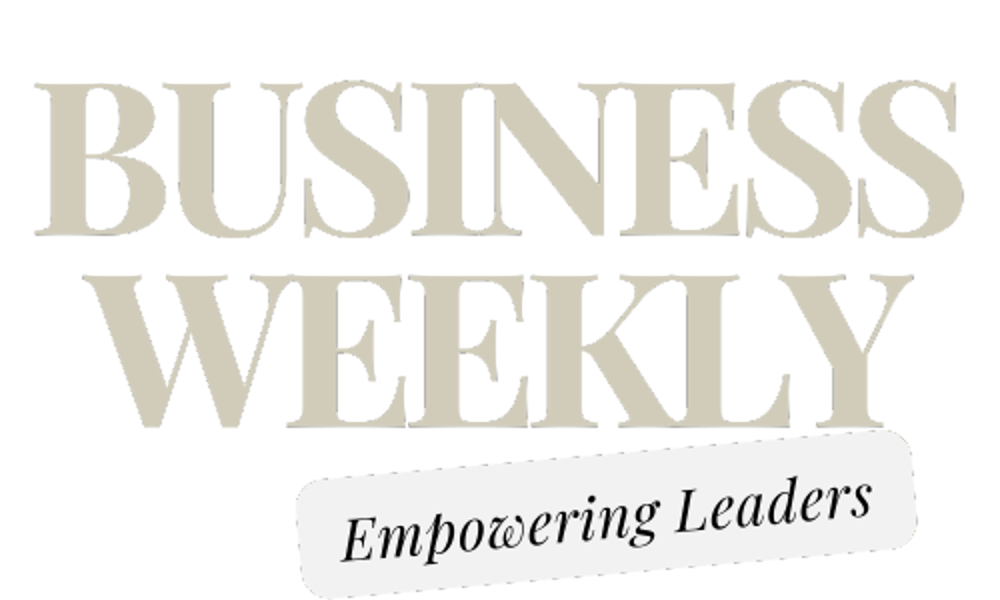A Breakdown of Effective Sales Funnels: Lessons from Real Businesses
A well-designed sales funnel is key to turning prospects into loyal customers. It helps guide potential buyers through the customer journey, from the moment they discover your business to the point of making a purchase. However, not all sales funnels are created equal. In this article, we’ll break down the essential elements of an effective sales funnel and explore lessons from successful businesses that have mastered the process.

From Awareness to Retention
1. The Awareness Stage: Grabbing Attention
The first stage of any sales funnel is creating awareness. This is when potential customers first discover your business, whether through social media, search engines, or word-of-mouth. At this stage, the goal is to attract attention and pique curiosity without overwhelming the audience with information. Successful businesses use targeted content marketing, eye-catching ads, and engaging social media posts to draw people in and introduce their brand.
2. The Interest Stage: Building Engagement
Once a prospect is aware of your business, the next step is to build interest. This is where you provide valuable content that resonates with their needs and keeps them engaged. Blog posts, videos, webinars, and newsletters can be effective tools in this stage. Real businesses that excel at this step use storytelling and personalization to connect with their audience and build a relationship, making them eager to learn more.
3. The Decision Stage: Offering Solutions
At the decision stage, prospects are evaluating whether your product or service is the right fit for their needs. This is the time to showcase the benefits and features of your offerings. Successful businesses often use product demos, free trials, and case studies to demonstrate the value of their solutions. By offering proof of success and clear benefits, you make it easier for potential customers to choose your business over the competition.
4. The Action Stage: Converting Prospects into Customers
The action stage is where the conversion happens. This is the point where the prospect decides to make a purchase. Businesses that excel in this stage create seamless, low-friction checkout processes. They use clear calls to action (CTAs), offer limited-time discounts, or provide incentives like free shipping to encourage immediate purchases. The key here is making the buying process as easy and appealing as possible.
5. The Retention Stage: Keeping Customers Engaged
The sales funnel doesn’t end at the purchase—successful businesses know that retaining customers is just as important as acquiring them. The retention stage focuses on keeping customers engaged and encouraging repeat business. Effective strategies include personalized follow-up emails, loyalty programs, and ongoing customer support. Companies that excel in customer retention ensure that buyers feel valued and supported, leading to long-term relationships and increased lifetime value.

Tamara
Editor




